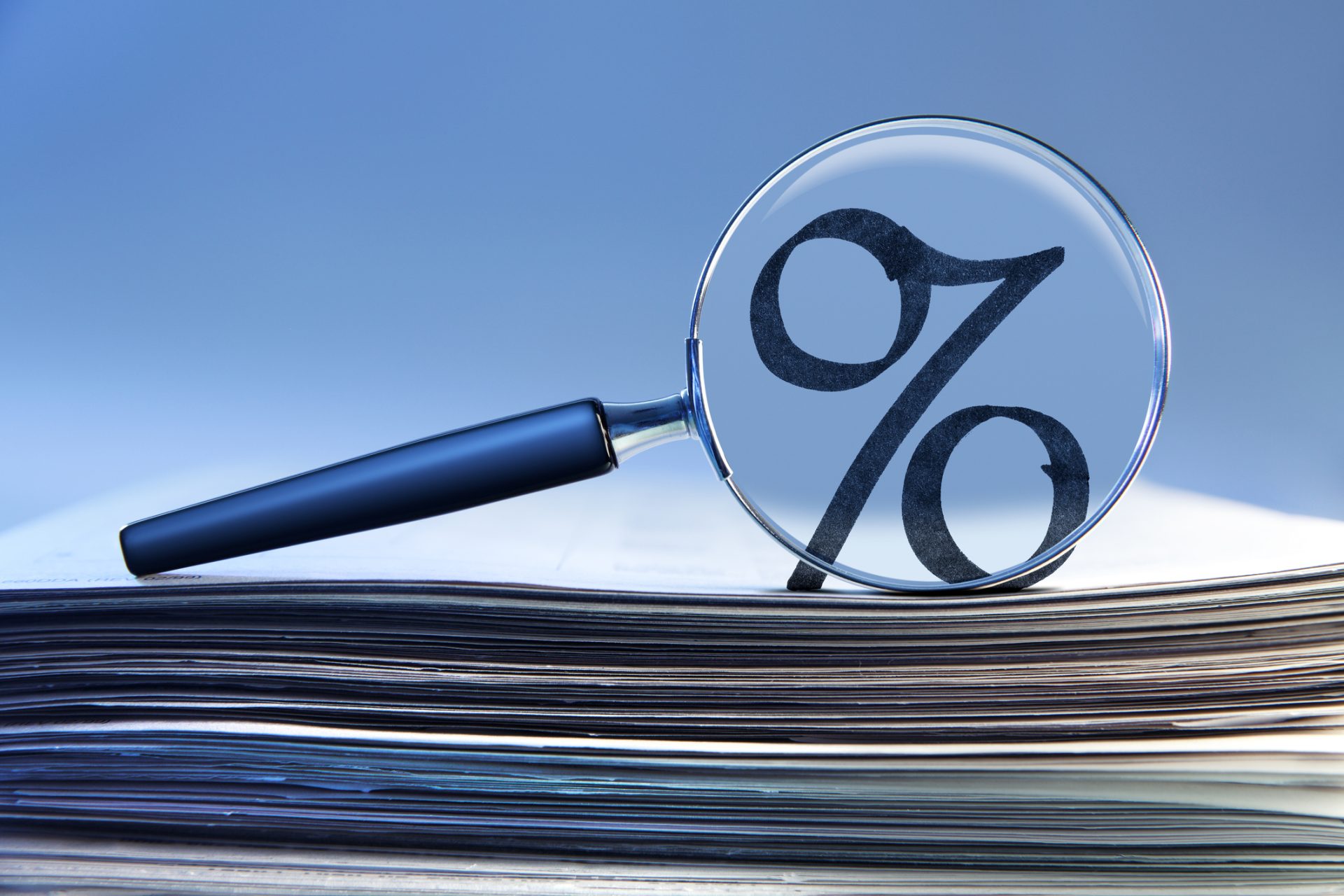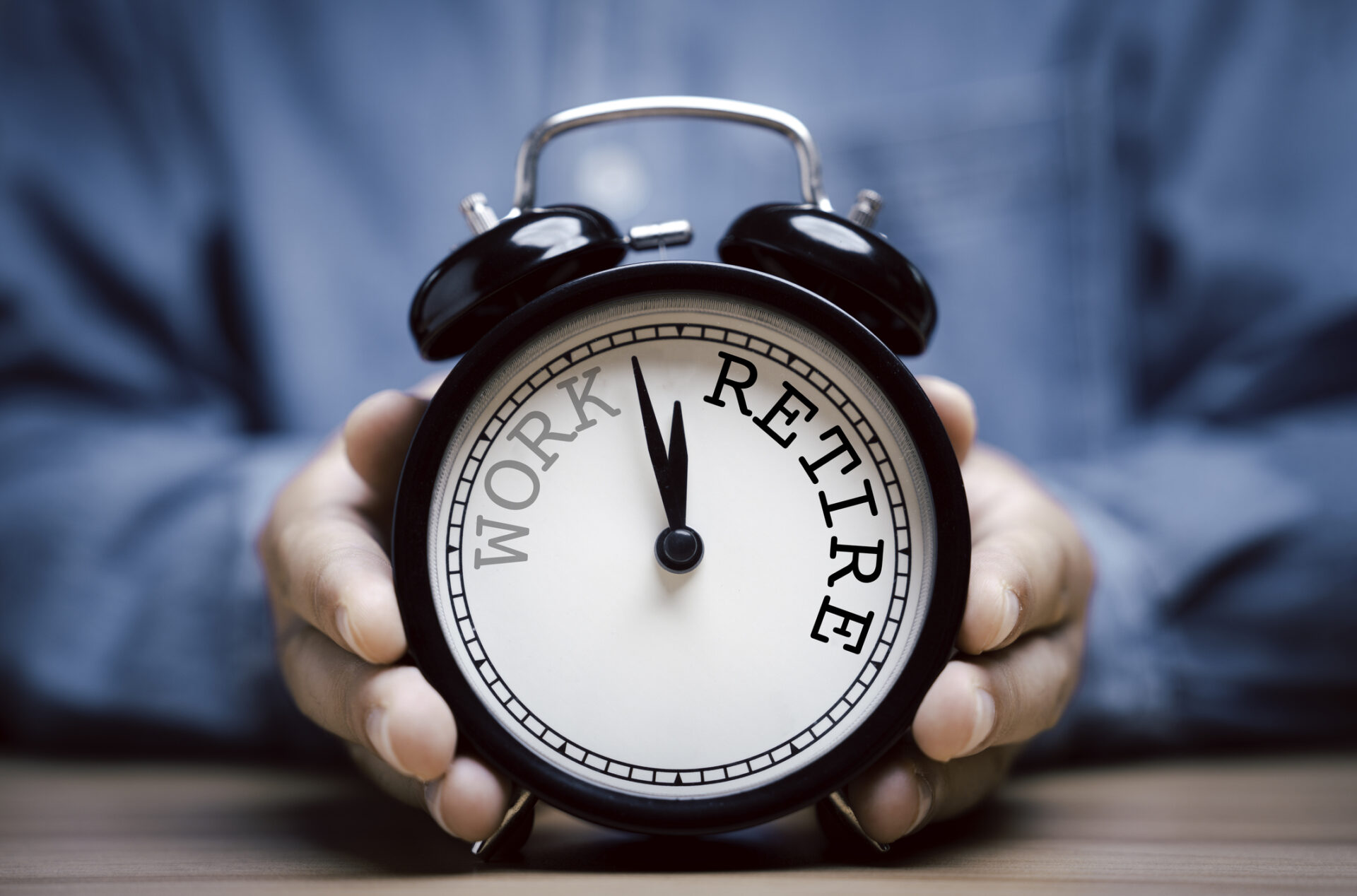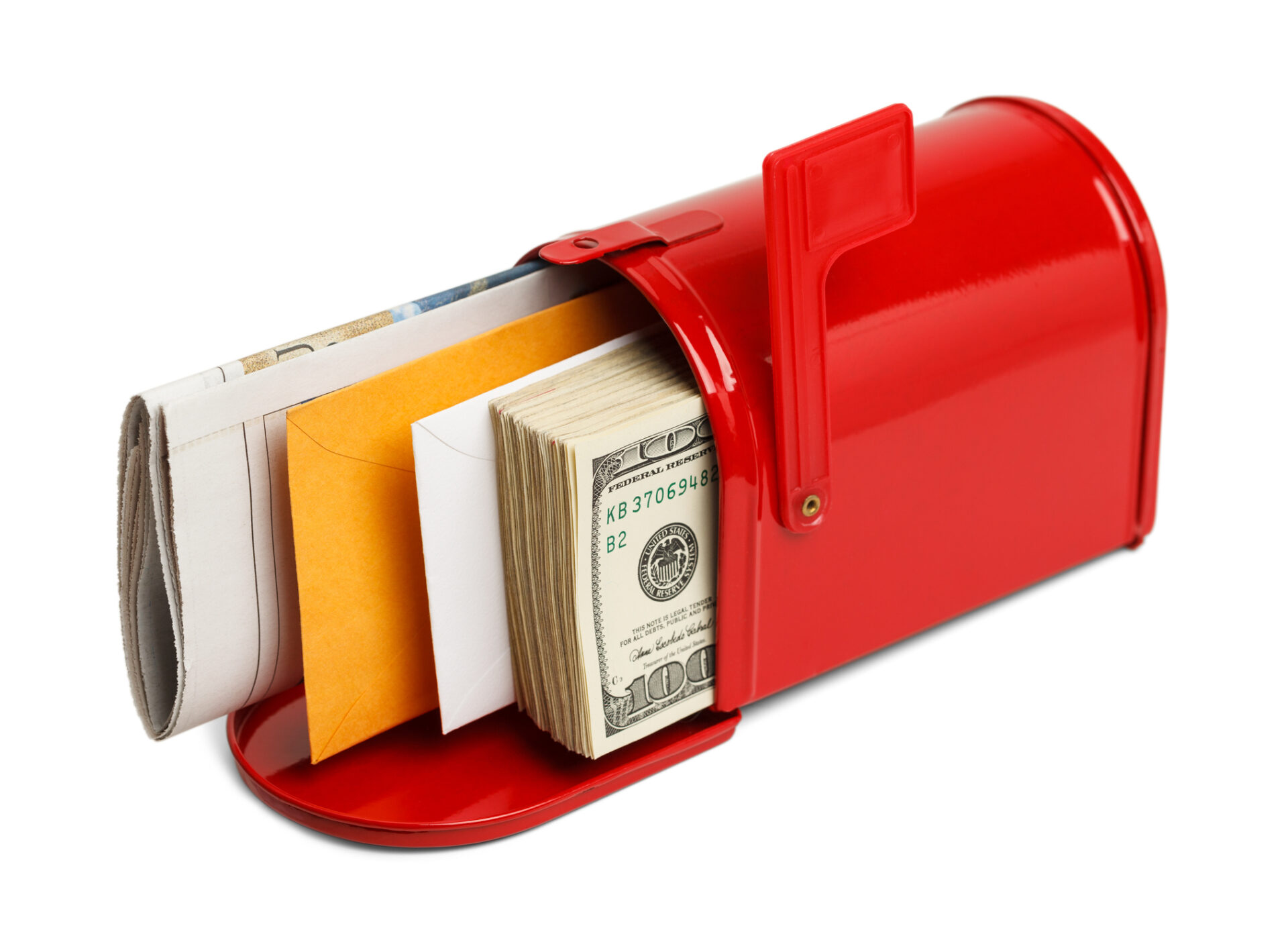If the 4% Rule is just a starting point, do you know how to get from Point A to B?
What Drives Me
Buddy, Jacob, Erica, and Christiana have been working together for nearly a decade now. I joined the team more recently: I was introduced to Buddy in 2019, but I immediately noticed how well they all know our clients and their households. Coming from a world that is saturated with numbers and data points, it is refreshing to hear their perspectives on not just a client’s portfolio size and distribution needs, but also the best way to untangle insurance claims (even for policies they did not sell), and celebrating client milestones like a child graduating from college and silver anniversaries.
All of these “softer” details and real-life needs help keep me motivated in my research for Cardinal. After so many years of studying and anonymized data, I feel lucky to get to know our clients personally and assist our team in being the best problem-solvers we can for them.
Some of the most popular blogs we have posted come from my research on safe withdrawals, beginning with The 4% Rule: A New Look at an Old Guide, where I re-examine the origins of the industry-standard rule of thumb that a safe withdrawal rate in retirement is 4 percent of your assets each year. That standard came largely from two studies: Cooley, Hubbard, and Walz’s article, commonly called the Trinity study, and Bill Bengen’s SAFEMAX research. I encourage you to read my full reports, but I was pleased to find the “rule” still holds up…with some caveats. If you treat the 4 percent rule as gospel, you can find yourself in trouble. Just like finding a route on a paper map, the drive may work in theory, but theory will not be much help when a bridge washes out.
As advisors, we want to be more like your car’s GPS, looking ahead for detours and reacting to slowdowns while providing alternative recommendations according to your route preferences.
Why the Straightest Route is Not the Best
Yes, geometry would tell you that the shortest distance between two points is a straight line, but that simple approach forgets that the devil is in the details. Sure, it could save everyone a lot of time and energy if the 4 percent rule worked like a prescription for every client. Everyone’s personal road in life has more hills, valleys, and dead ends that can require adjustments…I would be doing clients a huge disservice if I simplified everything down to “on average, economic theory says it is usually fine.” It might be nice to have a set plan, but “usually” is not always, and “fine” is subjective. Let me tell you a bit more about what I mean.
For researchers and financial planning software like RightCapital, measuring a plan’s success (things ending up “fine”) is typically defined as having any amount more than $0.00, even less than $1, left on the day you die. Economics has been described as a “dismal science” and I think most people would agree that dying with less than a dollar can be a dismal success. For basic planning purposes, this is a concrete way to address a top fear among retirees: what if I run out of money? However, when it comes to actually living the life with the income you have planned, most people would not feel very comforted watching their accounts dwindle to $1 instead of $0.
This idea of having any money left at all, even less than $1, is how the Trinity and SAFEMAX studies defined success. There was no accounting for legacy planning, taxes triggered by Required Minimum Distributions (RMDs), retiring significantly early (or late), or other special goals and circumstances. Their route will usually get you home, but your car might be running on fumes, and if you want anyone to drive it the next day, too bad.
Even assuming you are fine with this definition of “fine,” the true risk in a steady 4 percent withdrawal rate is Sequence of Returns Risk. Simply stated, if there is a big market decline early in retirement, you will likely need to adjust your withdrawals more to protect yourself than if that market drop occurred later on.
Changing Your Route
There is a need to monitor your personal safe withdrawal rate, but that does not mean you need to watch it that closely. We systematically review our client portfolios, not just for monitoring balances and allocations, but to make sure that money is available at the right time, in the right place for needs near and far off. Working as a team and with service partners like Charles Schwab, Morningstar, and Panoramix ensures we have access to tax information, market research, and performance reporting. We work best with our clients who pick the destinations and leave the details, like which account and position to withdraw from when cash is needed, to us.
Even with using a low-turnover, buy-and-hold philosophy, Cardinal monitors and works to adjust the expected risk and return of your portfolio against your benchmark and as your needs change. Advisors complete daily maintenance work of monitoring and adjusting, somewhat similar to what you might do at home on your own. Weekly, our full team meets to discuss big-picture economic details and client needs like: current events and Fed announcements that might affect the market (or not), which clients are being onboarded or will be needing a cash infusion, and any process improvements we have been working on, and so on.
At least monthly, we have our Investment Committee meeting: I meet with our two CERTIFIED FINANCIAL PLANNER professionals, Buddy and Jacob, and we discuss individual client accounts. We discuss executing planned distributions and transfers, and review how client accounts are doing in relation to their plan (I hope it is no surprise that we do this again and again given the ups and downs in all of the client accounts). These regular meetings help keep all members of our Investment Committee up-to-date, regardless of who is pressing the keys on any particular trade. This level of household attention is one way we feel we do our job better than our competitors.
Once a quarter, we focus that monthly meeting into a rebalancing review deep dive. Rebalancing helps us keep client portfolios in line with their respective plans, so I review the positions again for each account we manage. I examine target allocations in light of any allocation drift caused by market movements at the household level, and I suggest which specific positions I think are advantageous to sell to raise cash for scheduled distributions or to rebalance to keep client portfolios on target. Buddy and Jacob make sure I have our client’s perspective correct and offer their own suggestions of what to buy or sell until we reach a consensus.
Common topics that are considered during any rebalancing and allocation decision process are:
- RMDs, Qualified Charitable Distributions and other regularly-scheduled income distributions or charitable giving
- The financial and lifestyle impact of recently-completed, one-time distributions and expectations for similar requests in the future
- Upcoming expenses that might trigger a distribution request, such as tuition payments, home renovations, or big vacations
- Non-managed assets and fixed income (especially treasury bonds and annuities) that may make a household’s allocation appear to be misleadingly off-target
- Categories of stocks, or specific stocks, that a client cannot or will not buy or sell
- Tax implications of selling holdings and opportunities for tax-loss harvesting
You Are Here
Like serene ducks floating on a pond, legs churning with effort below the waterline, we try to complete all of this work behind the scenes. Hopefully, when we complete our formal client check-in calls a few times a year, all there is left to do is to report that things are going according to plan, confirm our plan still matches your goals, and answer any questions that you bring. We work to present a clean and clear path, having moved to the background any alternate routes that we considered and put back on the shelf.
When it comes to your money, you are always in the driver’s seat. I and the rest of the Cardinal team put in the time and do the research so we can help you navigate around any road blocks in a practical way to find solutions that inspire confidence in your future destination.
All of these meetings, decisions, and adjustments are part of the communication that is key to taking the 4% Rule (of Thumb) and shaping it to suit your personal financial plan. When external circumstances like a market drop or a change in goals force a change, we know how much exposure you have, and what the best, middle, and worst case is for your portfolio and expected lifestyle. Even if we are able to keep the total withdrawal rate the same in the face of market stress, we undoubtedly are working behind the scenes striving to optimize your portfolio, rebalancing schedule, and tax payments using our professional discretion. For example, while the dollar amount of your distributions may stay the same, the source of those dollars may change from one month to the next as we optimize trades for your household.
Even if you have the “Can I retire?” question answered, you may feel uncertain around questions like “Is it okay for my account balance to go down?” and “How much money is safe to spend right now given current events?” No matter what you should feel certain that you can call us and get some answers.
Anessa Custovic, PhD












